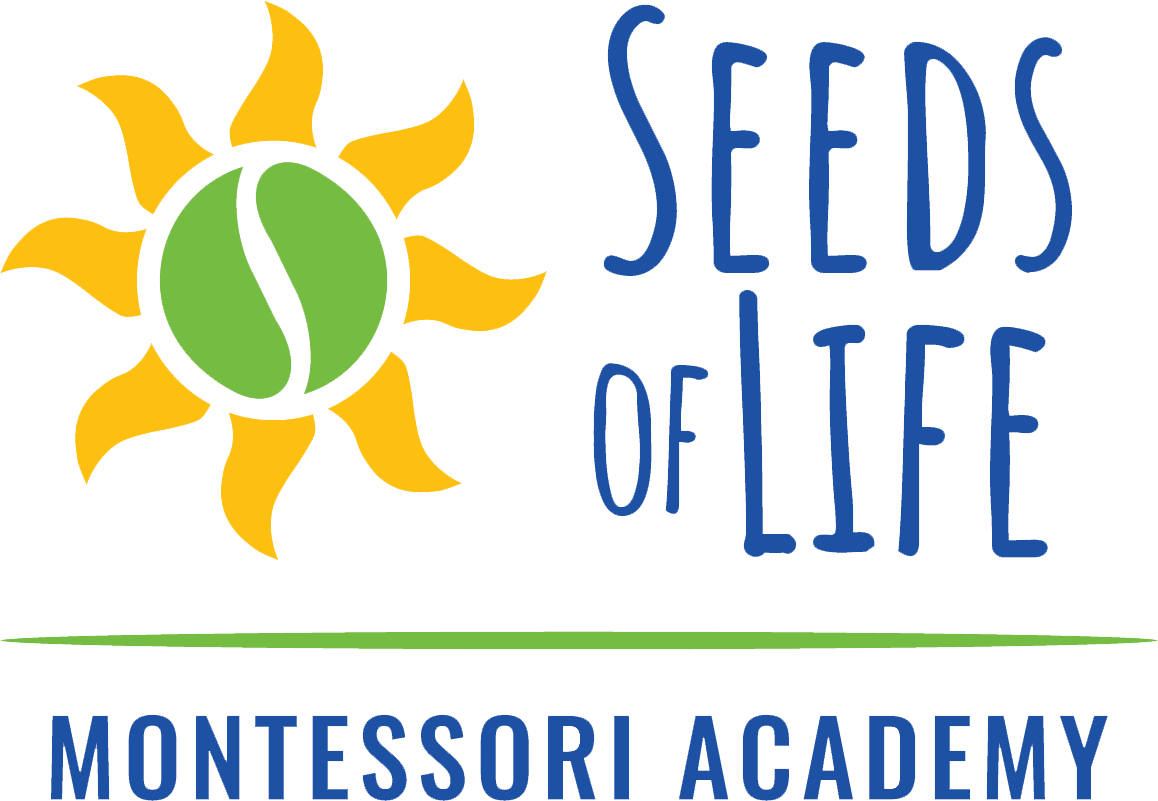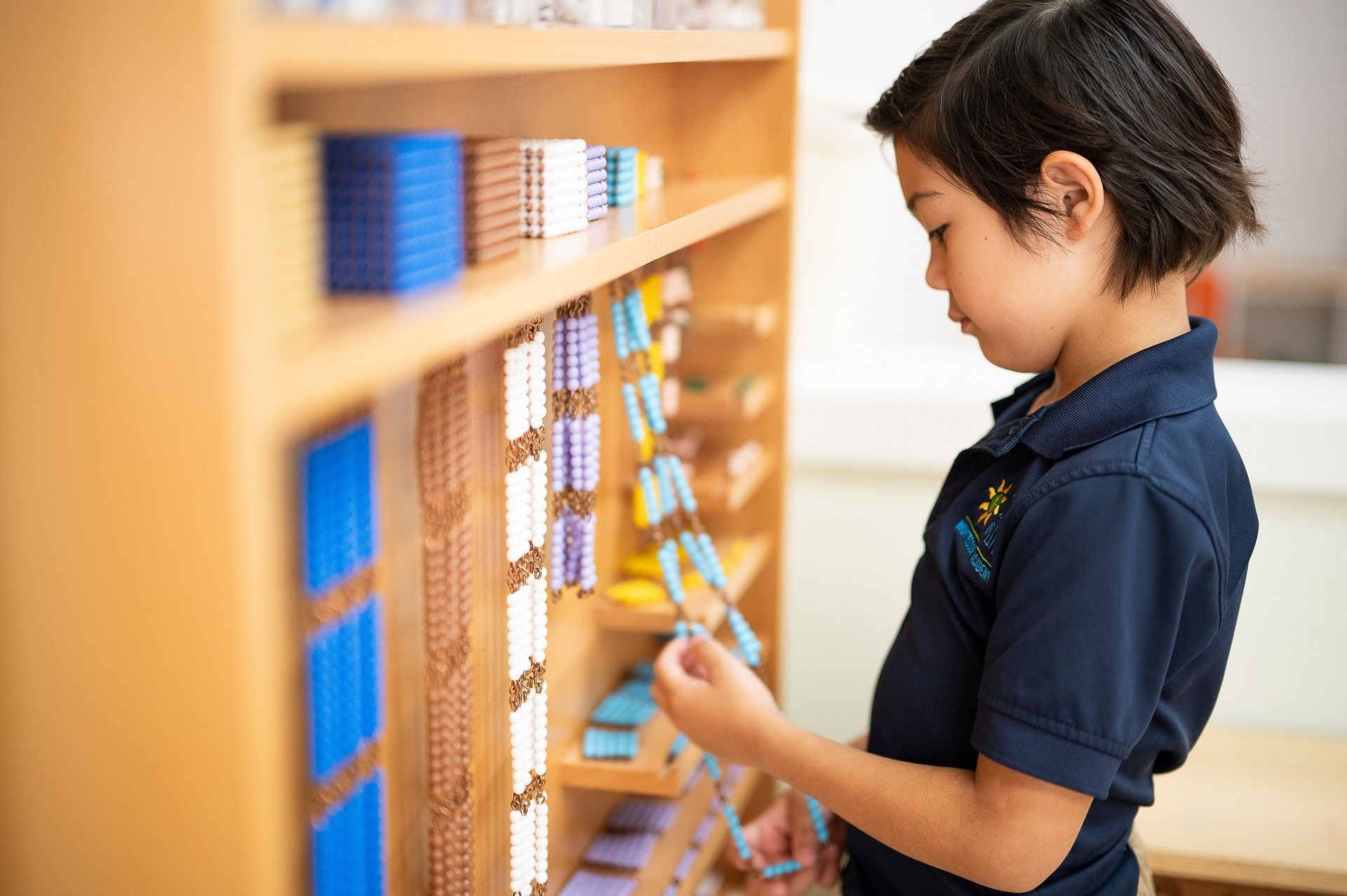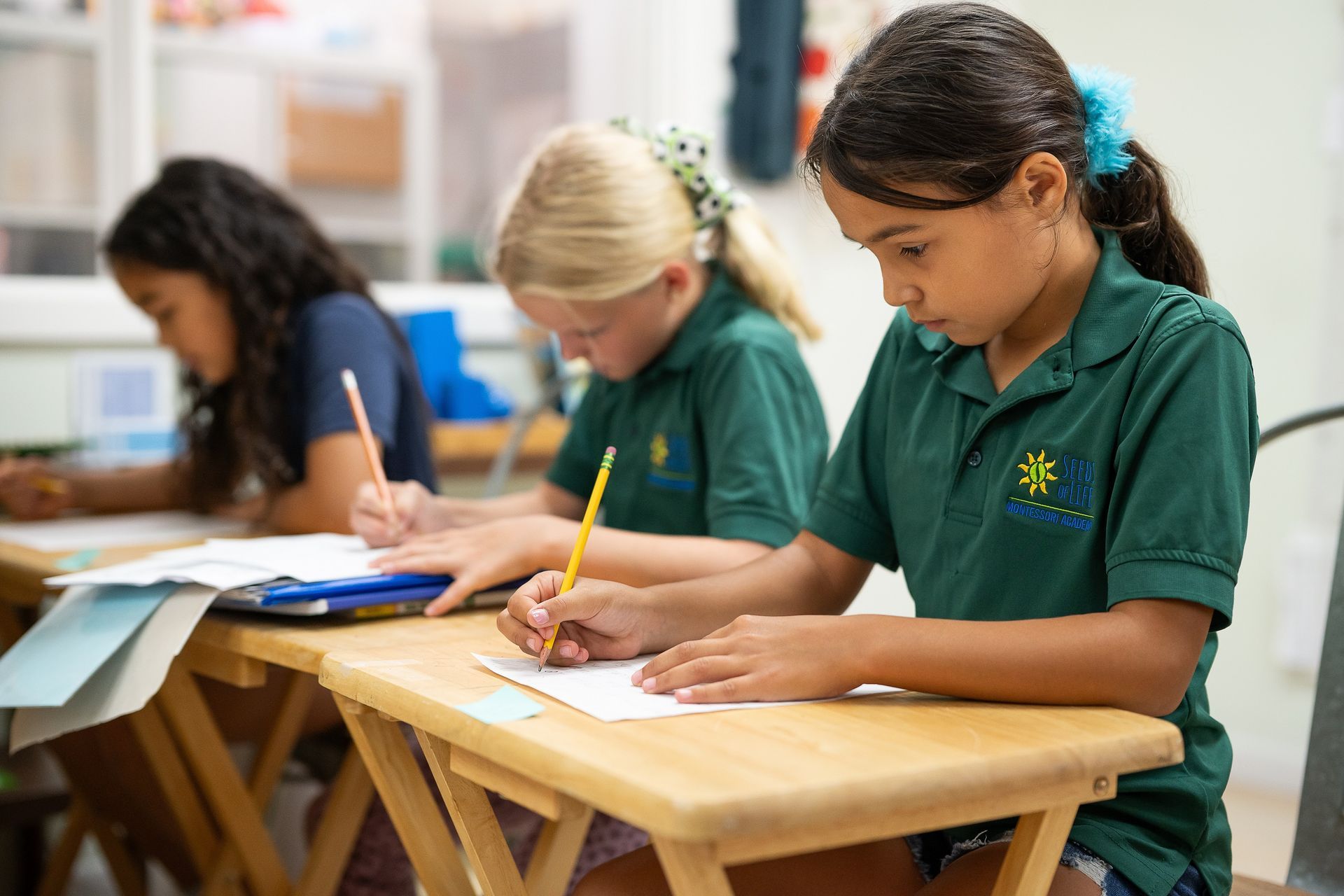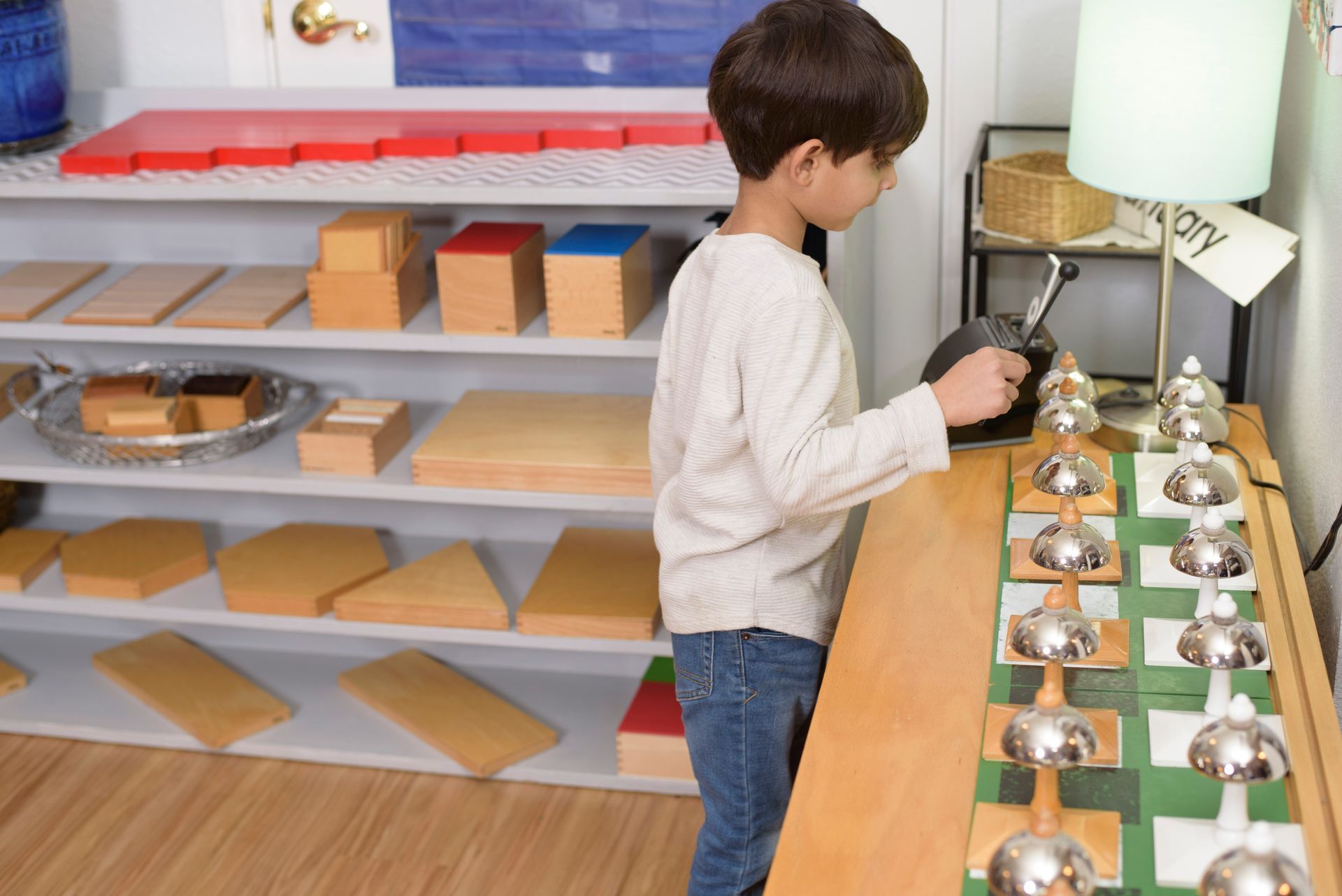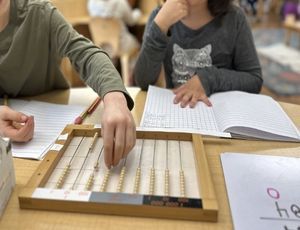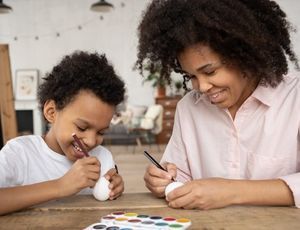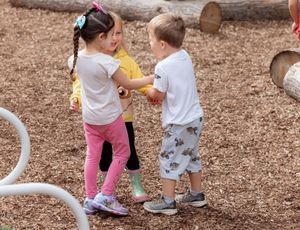Our Mission
At Seeds of Life Montessori Academy, we offer an inclusive, bilingual environment that plants the seeds of a life-long passion for learning, relationships, diversity, independence, mental and physical health, and love.
Why Seeds of Life Montessori Academy?
A genuine Montessori education based upon principles that are consistently backed by current neurology and human development research.
An Inclusive Environment for all children that tailors the curriculum to each child's strengths, learning styles, abilities and needs.
A Bilingual Immersive Environment that seeks to deliver the Montessori Method in both English and Spanish.
Our program includes not only written and spoken language skills, but incorporates cultural and geographical studies as well.
SOL is a unique environment. Every single day we have contact with the kids’ teacher and owner. The communication far exceeds anything I could have imagined. In addition to the regular messages you might get from a teacher, Ms Jacki has gone out of her way to make book recommendations specific to my kids’ interests and reading levels. One weekend we both happened to be on ski vacations and my kids wanted to make sure Ms Jacki knew they could ski the harder slopes so we sent a picture. They were beyond delighted to get one back of her in her ski garb! From a high level I have found Maria Eva very easy to engage and she has been completely receptive and welcoming to every question or suggestion I’ve had. It is a school where you can truly feel like your opinion matters and is heard. Seeds of Life offers not only a top notch education, but also a comfortable, almost familial learning experience that truthfully I’m not sure you’d find anywhere else locally.
Mark and Cassie Hafner

Thank you to everyone at Seeds of Life for being so amazing at what you do. Words cannot describe just how grateful I am to all of you! When Mason started SOL, he was scared, unsure, and hiding within himself… You all welcomed him with understanding, love, and compassion. This recipe is sometimes all a kid needs to be able to blossom. You guys were so patient with him and allowed him to be able to feel safe again in a learning environment. You all love what you do and genuinely love these kiddos... hard to find many teachers that still feel this way. Thank you for being you!
Michelon Family
Visit us!
We invite you to visit our school, meet the teachers, and observe the children in their classrooms. We encourage you to ask questions and learn about the opportunities available at all levels of our programs.
The latest from our blog.
The 6 Reasons Montessori Will Work For Your Child?
Read the White Paper!
